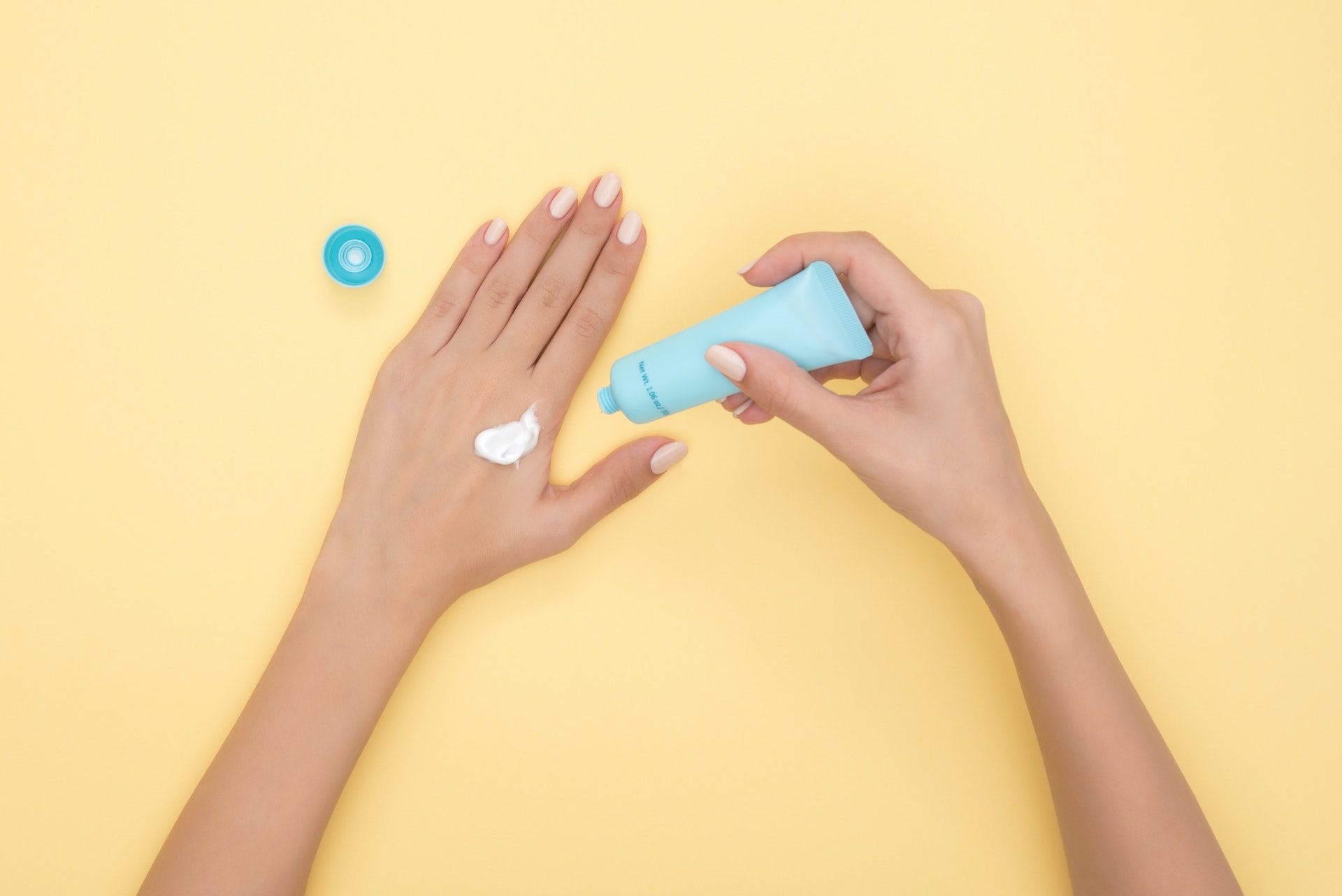Sunscreen creams are your skin’s best friend, working tirelessly to shield it from the harmful UV rays of the sun. This comprehensive guide will enlighten you on everything you need to know about these vital skincare products.1. The Importance of Sunscreen Creams
Table of Contents
- The Importance of Sunscreen Creams
- How Sunscreen Creams Work?
- Understanding SPF in Sunscreen Creams
- The Role of Broad Spectrum Sunscreen Creams
- Sunscreen Cream Application Guide
- Choosing the Right Sunscreen Cream
- Best Sunscreen Creams: Top Picks
- Reef-Safe Sunscreen Creams
- Sunscreen Creams for Different Skin Types
- Sunscreen and Your Makeup Routine
- Saving on Sunscreen Creams
1. The Importance of Sunscreen Creams
The significance of sunscreen creams cannot be overstated. Regardless of the season, it’s essential to include sun protection in your skincare routine even if it’s through makeup that contains SPF (Sun Protection Factor). Not only does sunscreen help prevent skin cancer, but it also plays a crucial role in maintaining your skin’s youthfulness and health.
Remember: Harmful UV rays can penetrate windows and clouds all year round, which means your skin can still be damaged even in the middle of winter.
According to a study, around 80% of visible signs of skin aging are caused by UV exposure. Therefore, shielding your skin from the sun can significantly slow down the aging process.
2. How Sunscreen Creams Work
Sunscreen creams function as a physical barrier that reflects UV light away from the skin. The organic chemicals in sunscreen absorb UV rays, preventing your skin from damage. A sunscreen cream that contains octocrylene is particularly effective in protecting your skin against UV and UVB rays.
Note: Octocrylene is soluble enough to last around 30 minutes, so remember to reapply your sun protection frequently.
3. Understanding SPF in Sunscreen Creams
When choosing sun cream, finding the right level of Sun Protection Factor (SPF) can be confusing. SPF refers to how much longer it takes for UVB rays to redden the skin with sunscreen compared to without. Here’s a quick breakdown:
- SPF 15: Blocks up to 93% of UVB rays
- SPF 30: Blocks up to 97% of UVB rays
- SPF 50: Blocks up to 98% of UVB rays
- SPF 100: Blocks up to 99% of UVB rays
4. The Role of Broad Spectrum Sunscreen Creams
Broad-spectrum sunscreens offer protection from both UVA and UVB rays. UVA rays penetrate the skin more deeply than UVB rays, potentially contributing to skin aging and/or wrinkling. The American Academy of Dermatology recommends using at least SPF 30 broad-spectrum sunscreen and reapplying it according to the label.
5. Sunscreen Cream Application Guide
To ensure maximum protection, apply sunscreen cream at least 15 minutes before sun exposure. Use about two milligrams of sunscreen per square centimeter of skin, and remember to cover all areas exposed to the sun, including your ears, feet, and the back of your neck.
Pro tip: Reapply sunscreen every two hours, or more frequently if you are active or swimming.
6. Choosing the Right Sunscreen Cream
The most effective sunscreen is one that you like to use and are committed to applying every day. This means choosing a formula that suits your skin type and needs. Consider the type of sunscreen (mineral or chemical), its SPF level, whether it’s water-resistant, and if it’s suitable for sensitive skin.
7. Best Sunscreen Creams: Top Picks
Here are a few top-rated sunscreen creams that offer excellent sun protection:
- Blue Lizard Sensitive Mineral Sunscreen SPF 50+: This physical sunscreen spreads quickly and absorbs easily. It contains zinc oxide (10%) and titanium dioxide (8%) and offers broad-spectrum protection.
- Banana Boat Light As Air Sunscreen Lotion SPF 50+: This chemical sunscreen is lightweight, non-greasy, and blends seamlessly into various skin tones. It contains avobenzone (3%), homosalate (9%), octisalate (4%), and octocrylene (5%).
- Equate Sport Broad Spectrum Sunscreen Value Size SPF 50: This popular brand offers excellent value for money. It provides broad-spectrum protection with active ingredients like avobenzone (3%), homosalate (15%), octisalate (5%), and octocrylene (7%).
- Thrive Bodyshield SPF 50: This physical sunscreen is easy to rub in and leaves less of a white cast on the skin. It’s also reef-safe and contains non-nano zinc oxide (23.5%).
8. Reef-Safe Sunscreen Creams
For environmentally conscious consumers, reef-safe sunscreen creams like Thrive Bodyshield SPF 50 are an excellent choice. These sunscreens do not contain chemicals that could harm coral reefs.
9. Sunscreen Creams for Different Skin Types
Whether you have dry, oily, sensitive, or combination skin, there’s a sunscreen cream out there for you. Many brands offer products specifically designed for different skin types, ensuring you get the protection you need without causing skin irritation.
10. Sunscreen and Your Makeup Routine
If you wear makeup, you might be wondering how sunscreen fits into your routine. The answer is simple: it should go on after your face serum and moisturizer but before your foundation. Some foundations and BB creams also contain SPF, but don’t rely on these products alone for sun protection. You’d need to apply a lot of them to get the full SPF benefit, so it’s still essential to use a separate sunscreen cream.
11. Saving on Sunscreen Creams
To get the best value for your money, look out for discounts and deals on sunscreen creams. Joining loyalty programs or enrolling in subscription services can also help you save on these essential skincare products.
In conclusion, sunscreen cream is a non-negotiable part of your skincare routine. With a myriad of options available, finding the right one for you is easier than ever. Make sure to apply it liberally and often to keep your skin protected, youthful, and healthy!

